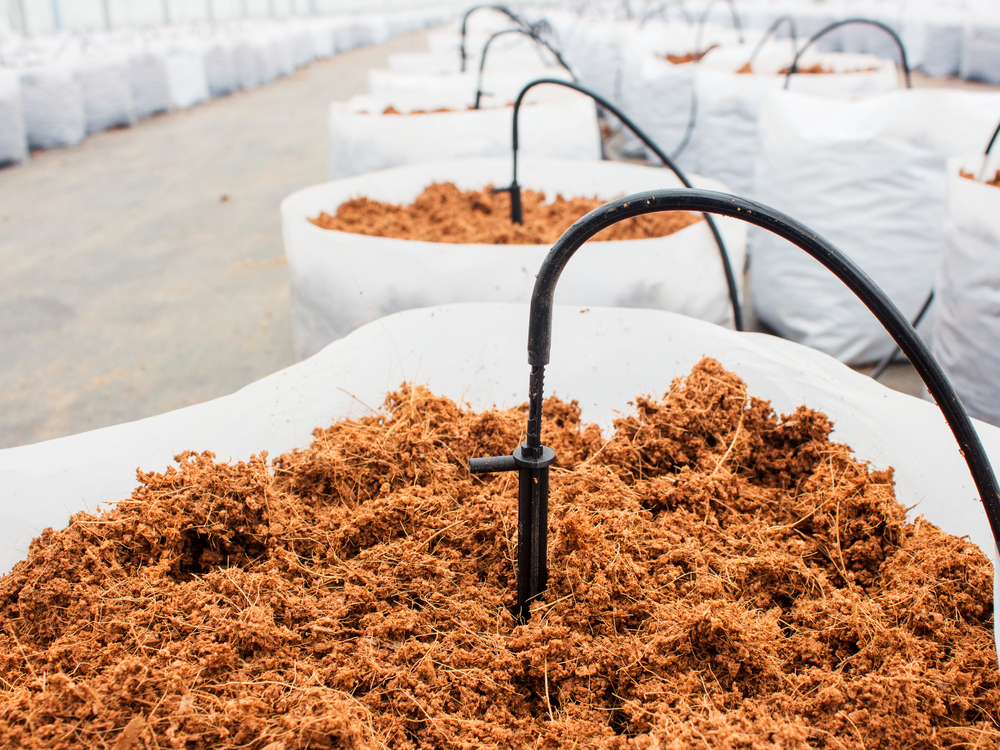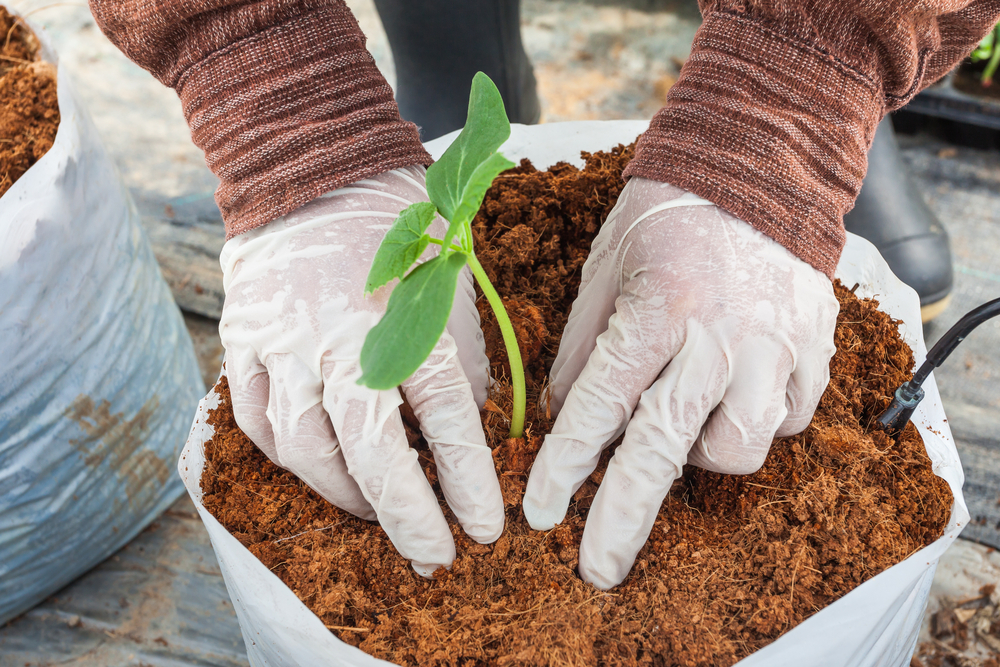How Is Coco Peat Made And How Helpful Is It For Growing Hydroponics Crops?
How Is Coco Peat Made And How Helpful Is It For Growing Hydroponics Crops?
Dear reader, we assume that you are familiar with words like substrate-based gardening, aquaponics, and hydroponics by this time. In essence, cocopeat is a medium that is not soil and helps to grow plants. Among other factors that regulate the success of hydroponics farming, the selection of media plays the most crucial role.
For any growing medium to be ideal, it must be inert. It must be able to retain water and must permit the circulation of air in the root zone. Also, it must support the roots, give the plants steadiness, and not allow sunlight to permeate.
There are a myriad of such media sold in the market. Go to a store, and you can place your hands on stone pebbles, vermiculite, Sphagnum Moss, perlite, Clay Pebbles/ hydroton/ LECA, pith, or coir/coco peat. Each medium has its own advantages and disadvantages.
Always start out with the one that has fewer cons. According to us, we feel coco peat stands out from any other media. It helps with successful germination, and the best part is that you can get it from a coconut tree in your backyard.
This growing medium is multi-purpose and made from coconut husk. The fibrous husk of the coconut is sieved, machine dried, pre-washed, and is made sand-free. You will also not find any plant or animal residue in a cocopeat. The cocopeat is an excellent alternative to traditional rock wool and peat moss. In this article, we will discuss how coco peat is made and how it helps grow plants.
Why is coco peat the versatile growing media?

Between traditional Rockwool and peat moss, no other alternative comes close to coco peat. It has a high capacity to hold water and has air-filled porosity. These characteristics make it one of the best growing mediums for plant crops.
Coco Peat is 100 percent organic, eco-friendly, and free from soil-borne weeds and pathogens. It has a pH of 5.7-6.5 and is perfect for plant growth. The coco coir material is made from a coconut shell’s woven, fibrous material.
Most home gardeners prefer this organic soil replacement because of its aeration and moisture retention traits. Moisture retention is crucial as consistently wet conditions are required for plant growth. Thus, you do not end up over-watering or under-watering your garden. The aeration feature in the coco peat allows the development of roots and helps them respire better. Plants expel carbon dioxide and take up oxygen. Both the factors we mentioned contribute to unbelievable yields and enhance plant growth.
For us Indians, the coconut tree is the “kalpavriksha” because each and every part of the tree is of great use to us, in some way or the other. Here are some coconut products that farmers use in agricultural fields.
- Coir pith/coco peat derived from coconut husk
- Coco chips are made from the coconut’s outer shell. It is then used as a medium of growth.
- The coco fiber is used as mulch.
- The coco fiber planter is the compressed fiber of coconut squashed into multiple containers like pots and hanging baskets.
Why do people prefer coco peat for home gardeners starting with hydroponics farming?

Also called the coir path, the cocopeat binds the fiber of coconut in the husk. It is very spongy and one of the finest organic media. Most home gardeners prefer cocopeat because of its remarkable soil conditioning properties.
The high moisture-retention capacity makes it the perfect growth medium in nurseries for the production of anthuriums, orchids, and seedlings. By all means, cocopeat is a versatile product as you can use it as worm bedding, sprout, and nurse seedlings.




Comments
Post a Comment